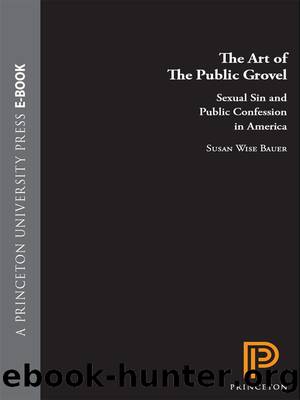The Imam of the Christians by Philip Wood

Author:Philip Wood [Wood, Philip]
Language: eng
Format: epub
ISBN: 9780691212791
Publisher: PrincetonUP
Published: 2021-02-18T00:00:00+00:00
Exegesis of the Liturgy
The concern that Yohannan showed for the minutiae of the liturgy and the ability of the patriarchs to influence the laity through exclusion from communion are good indications of the liturgyâs importance. It was not mere verbiage that could be altered at will. Two Jacobite intellectuals, Moses bar Kepha and John of Dara, both near contemporaries of Dionysius, wrote extensively on the liturgy and on its relationship to scripture and to Christian society.24 Their commentaries provide illuminative insights into why the conduct of the liturgy was of such importance. It goes without saying that their commentaries do not reflect what the laity thought about the liturgy, though some ideas might have been disseminated more broadly through sermons or informal discussion. Rather, their writings sketch a social and theological ideal and tell us how one section of the Jacobite higher clergy conceived of their own roles vis-Ã -vis one another, the laity and God.
Moses bar Kepha wrote three commentaries on the liturgy, in which he dealt with the three sacraments of the Eucharist,25 baptism and the consecration of the myron, respectively. John of Dara was a friend of Dionysius of Tel-Mahre and is mentioned in the dedication of the latterâs history. Like Moses, John wrote a general commentary on the Eucharist, On Oblation, and a quartet of works of symbolic theology.26 Both of these authors tend to accumulate typologies that describe the significance of liturgical objects and rituals.27 Thus oil is used in baptism because the baptized person is like a wrestler, venturing out to fight Satan in life.28 The altar is the Tree of Life, which had been withheld from Adam in the garden of Eden but is now given to humankind in the form of Christ and His sacrifice.29 The myron is composed of two different oils, balsam and olive oil, because it stands for the union of God the word with the flesh.30 It is this kind of symbolic reasoning that may drive the focus on minutiae in the canons. To insist on a veil embroidered with a cross, as Yohannan does, is understandable if the veil symbolizes the veiling of the meaning of scripture (and therefore justifies allegorical exegesis).31
A key theme that runs through the legislation is the importance of priesthood and the need to maintain its propriety by avoiding quarrelling, maintaining educational standards and punishing laymen who insult priests. The significance of priests as representatives of God, acting in His place before the congregation, is also threaded through the commentaries. Accordingly, in baptism the priest breathes on the water âlike God breathed on Adamâ, and he lays his hands on the head of the baptized âlike God laid His hands upon Adamâ.32 Here the priest and the new Christian stand for God and all people.33 And in consecrating the myron, âthe high priest stands in the place of Godâ and is surrounded by the priests and deacons, who represent the seraphim and the apostles.34
Download
This site does not store any files on its server. We only index and link to content provided by other sites. Please contact the content providers to delete copyright contents if any and email us, we'll remove relevant links or contents immediately.
The History of Jihad: From Muhammad to ISIS by Spencer Robert(2507)
Nine Parts of Desire by Geraldine Brooks(2283)
The Turkish Psychedelic Explosion by Daniel Spicer(2247)
The First Muslim The Story of Muhammad by Lesley Hazleton(2159)
The Essential Rumi by Coleman Barks(1931)
1453 by Roger Crowley(1881)
The Last Mughal by William Dalrymple(1793)
Trickster Travels: A Sixteenth-Century Muslim Between Worlds by Davis Natalie Zemon(1783)
Muhammad: His Life Based on the Earliest Sources by Martin Lings(1569)
by Christianity & Islam(1564)
God by Aslan Reza(1561)
A Concise History of Sunnis and Shi'is by John McHugo(1511)
Magic and Divination in Early Islam by Emilie Savage-Smith;(1457)
No God But God by Reza Aslan(1436)
The Flight of the Intellectuals by Berman Paul(1397)
Art of Betrayal by Gordon Corera(1366)
Nothing to Envy by Barbara Demick(1327)
What the Qur'an Meant by Garry Wills(1322)
Getting Jesus Right: How Muslims Get Jesus and Islam Wrong by James A Beverley & Craig A Evans(1276)
